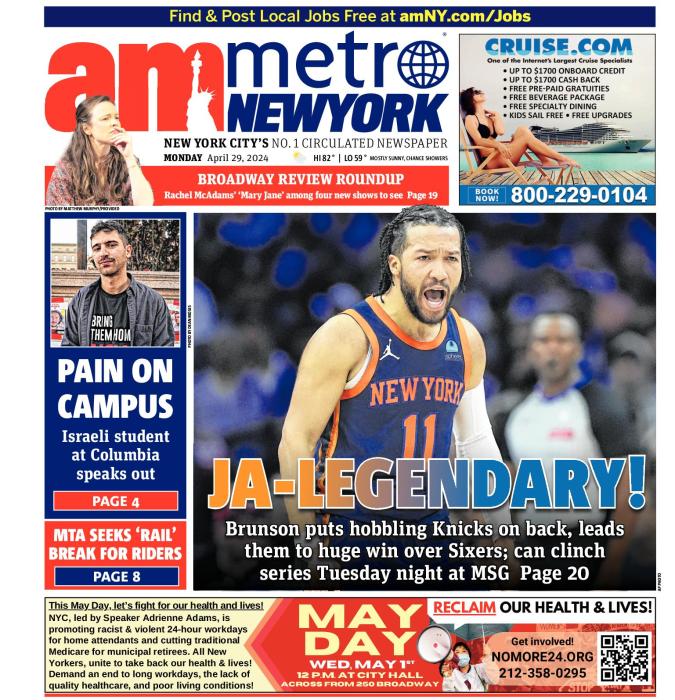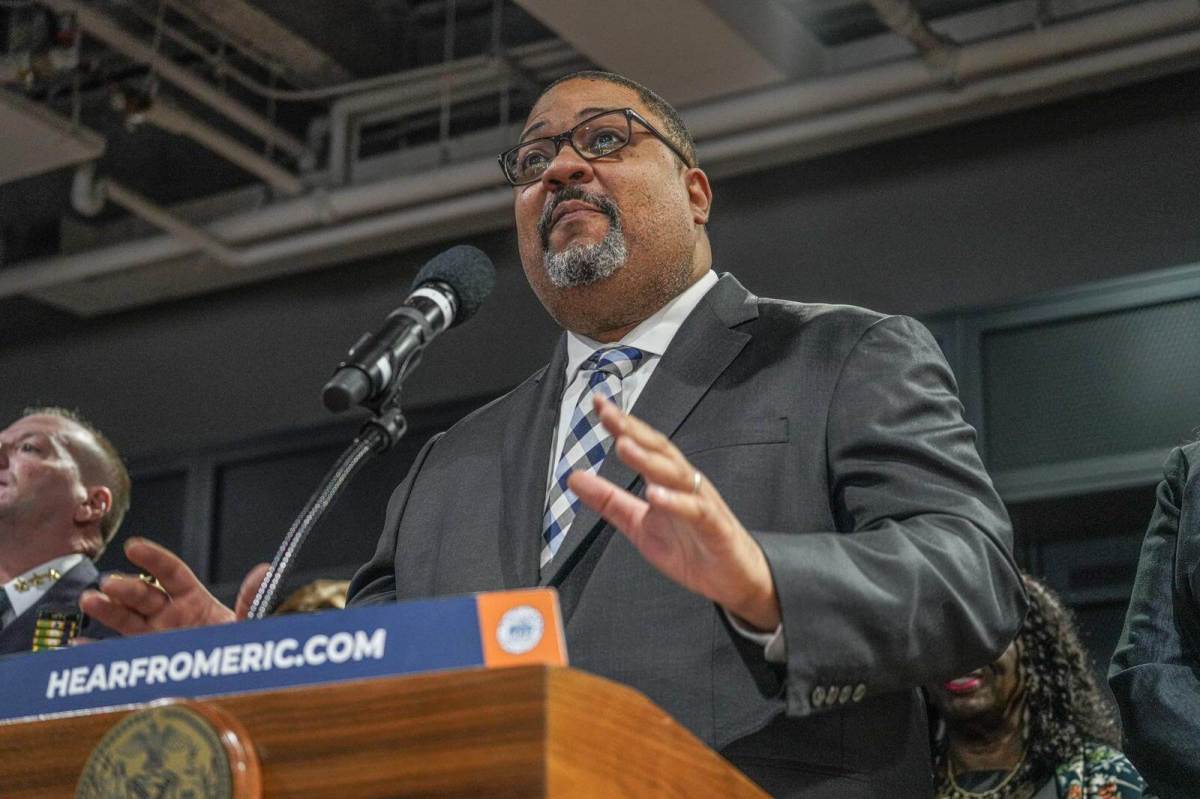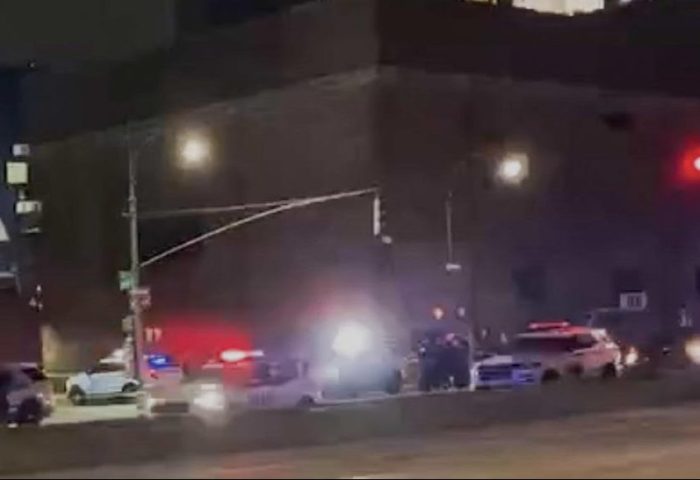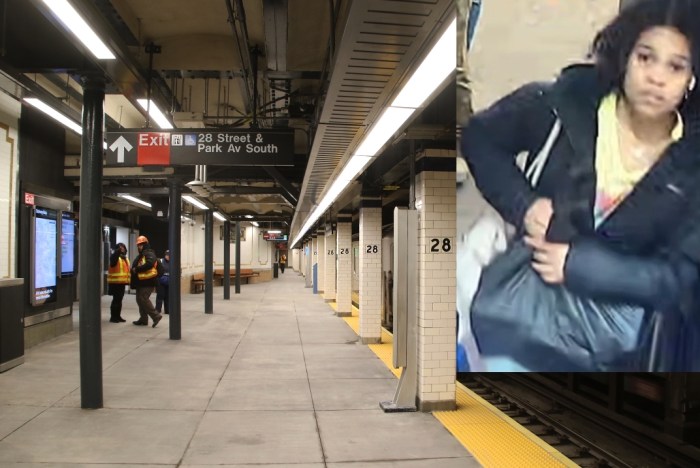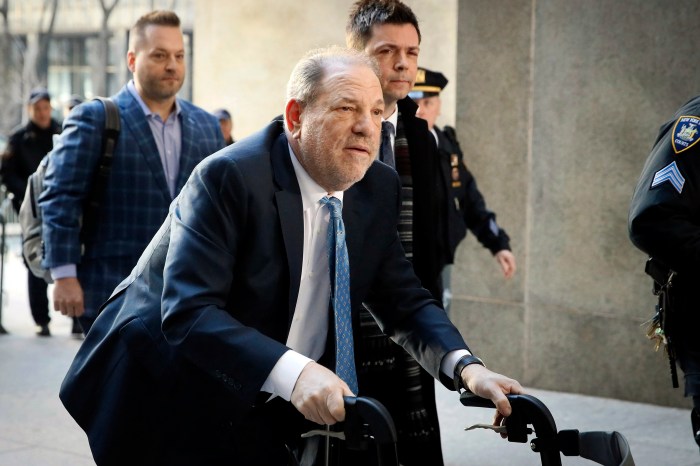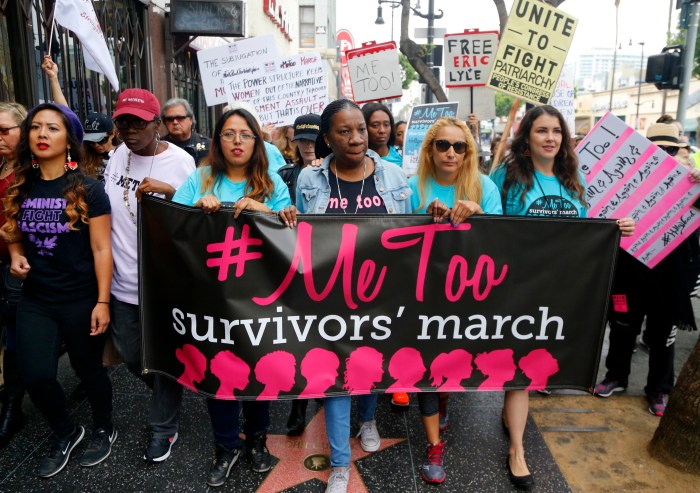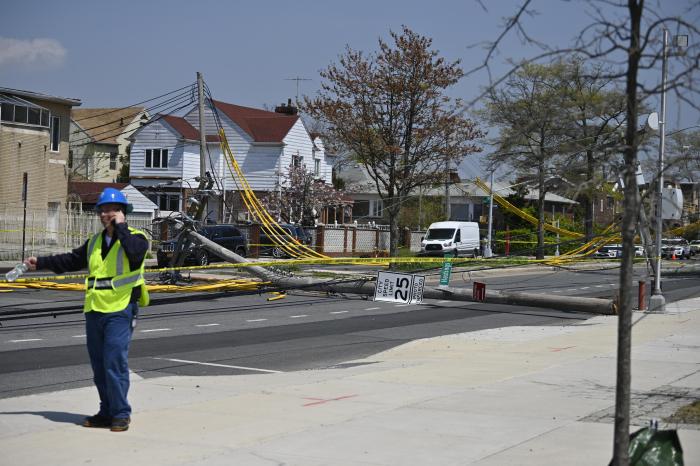The Manhattan DA’s office has a new program that helps alleviate some of the trauma many people experience after being the victim of a violent crime.
District Attorney Alvin Bragg launched in January the Survivor Services Bureau (SSB), a pilot program that offers many resources victims of violent offenses might need as their criminal cases proceed. These resources include counseling, safety assessments, referrals, relocation assistance and other services, all offered in English, Spanish, Cantonese and Mandarin.
“Through this work, SSB improves public safety in Manhattan and beyond,” Bragg said. “First, it helps hold accountable those who commit crimes by supporting victims in the court process. By seeking to heal trauma experienced by crime victims, it prevents future violence and re-victimization. And, SSB builds trust with communities and boosts the legitimacy of the justice system, which encourages more people to obey the law.”
Expanding special victims resources
The SSB is an offshoot of the office’s existing Witness Aid Services Unit, which was in place prior to Bragg taking office in 2022. But that program primarily focused on survivors of domestic violence and sex assault, as well as families of homicide victims.
Now, victims of all violent crimes will have access to the bureau’s specialized services. All services offered are free and optional.
“Being a victim of a crime is traumatic,” said Beverly Gilchrist, chief of the SSB. “It is probably the worst thing that could have ever happened to a person. And having someone who is going to help you navigate the process is a game changer.”
A major highlight of the program is the newly implemented HEAT ticket system that connects a victim advocate to a case at the very beginning when it is first being drafted, almost as soon as an arrest is made.
“We now have this database management system that in the early part of writing up a case, within 24 hours of an arrest, it’s an automated way of communicating with the SSB that we have a victim in need of services, Gilchrist said.
Prior to this centralized database system, it was more of a word-of-mouth referral system among staff. Additionally, an increase in crisis responses sparked a need for the program as well as a need for streamlining a response that normally requires multiple staff members for each case, including assistant district attorneys and victim advocates, Gilchrist explained.
To put that into visual context, the increase in crisis responses jumped from 386 responses in 2021 to 2,183 in 2023 —- more than a 500% increase in the use of immediate survivor-centered support care.
“We’re seeing more people access services than before because we are more invested in the process early on as a team player with that prosecutor,” said Gilchrist.
Victims who seek services can receive assistance throughout the life of the case and even once it is over. They can also receive assistance even if the district attorney declines to prosecute an alleged offender.
“Our services are not always tied to the prosecution of the case,” Gilchrist said. “Some cases we’ll be able to prosecute and some cases will go in a different direction. We’re going to interact with that survivor whether or not the case goes all the way to trial.”
Counseling is another key component.
“We have licensed therapists on staff providing free counseling with no wait list,” Gilchrist said.
Therapy is done either virtually or in person at the DA’s office or at community-based partner locations such as hospitals, virtually or a hybrid approach.
Of course, every victim is different, so other counseling options are available, including group therapy.
“Not everyone wants to be in one-on-one counseling. Sometimes it helps to sit with a peer who’s had a similar experience,” Gilchrist said.
Gilchrist and her team at the SSB also pays particular attention to communities that are less likely to access services. Sometimes that can be based on gender, culture or language, Gilchrist explained.
“An example with counseling, we had a handful of male-identified victims of violent crimes,” Gilchrist said. “In that situation, we also found that we had a specific group of male-identified spanish-speaking men who were victims. They are probably less likely to want to go to individual counseling but we found they were happy to participate in a support group together.”
Crime in NYC
Even though New Yorkers continue to read about violent crimes happening in the city, the NYPD reported Wednesday transit crime and major felonies citywide were down in March.
As for Manhattan, the DA’s office reported on X (formerly Twitter) that major crime including shootings, robberies and transit-related crime, is down borough-wide as of March 17 year-to-date.
Despite the good report, some notable crimes made headlines in Manhattan throughout the first three months of the year.
In January and February, several migrants were arrested for attacking police officers in Midtown. Another man was arrested for shoving a person into the path of a subway train in Harlem last month.
In February, an NYPD officer was attacked in Lower Manhattan, resulting in minor injuries. Several other incidents of homicide, robberies, assaults and transit crime have been reported in Manhattan since Jan. 1.
